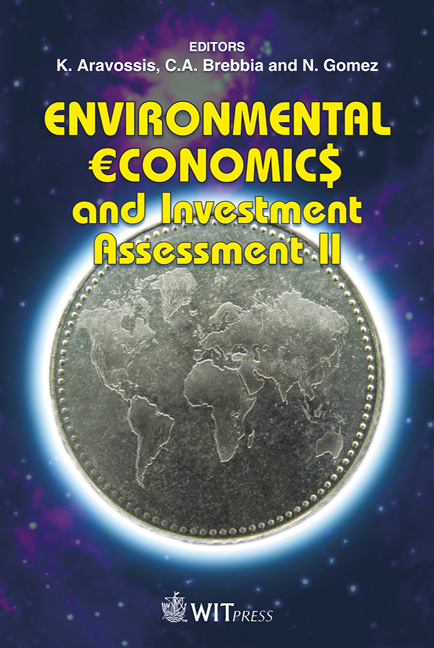Sustainability Performance Of Economic Sectors Based On Thermodynamic Indicators
Price
Free (open access)
Transaction
Volume
108
Pages
10
Page Range
221 - 230
Published
2008
Size
374 kb
Paper DOI
10.2495/EEIA080221
Copyright
WIT Press
Author(s)
K. J. Ptasinski, M. N. Koymans & M. J. C. van der Stelt
Abstract
Nowadays, various indicators of sustainability performance are used, usually grounded in economics, ecology, thermodynamics, and sociology. The main shortcoming of the commonly used indicators is their ‘one-dimensional’ character. This paper focuses on thermodynamic sustainability indicators, which also couple environmental and economic aspects. The performance of economic systems is evaluated using various indicators, ranging from exergy, which shows the thermodynamic efficiency, through Cumulative Exergy Consumption CExC, which couples exergy and life cycle analysis, up to Extended Exergy Accounting EEA, where also economic aspects are included. The analysis is illustrated for the Dutch energy sector and for the Dutch Society, including extraction, conversion, agriculture, industry, transportation, tertiary, and domestic sectors. Keywords: sustainability indicators, exergy analysis, energy policy, environmental impact. 1 Introduction In the last three decades sustainable development is considered as one of the major components of economic policies in many countries. It is generally believed that improvement in performance of various sectors, particularly industry and transportation, is a very effective way to reduce current global problems due to climate change and environmental pollution. The progress towards sustainability requires meaningful, practical, and scientifically based metrics.
Keywords
sustainability indicators, exergy analysis, energy policy, environmental impact.





